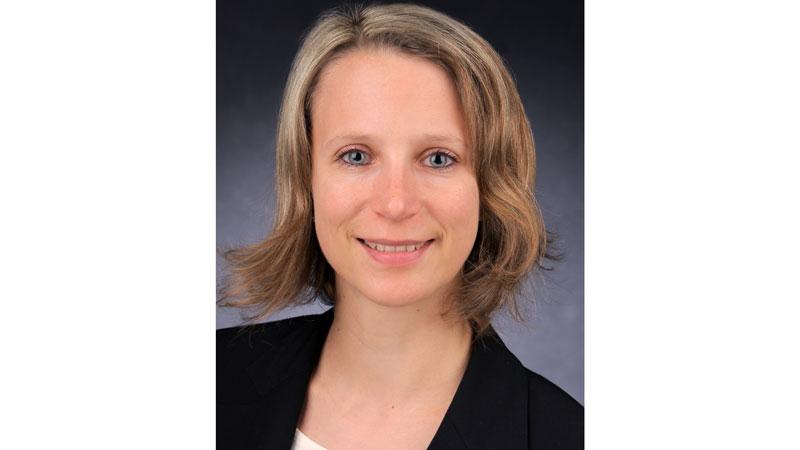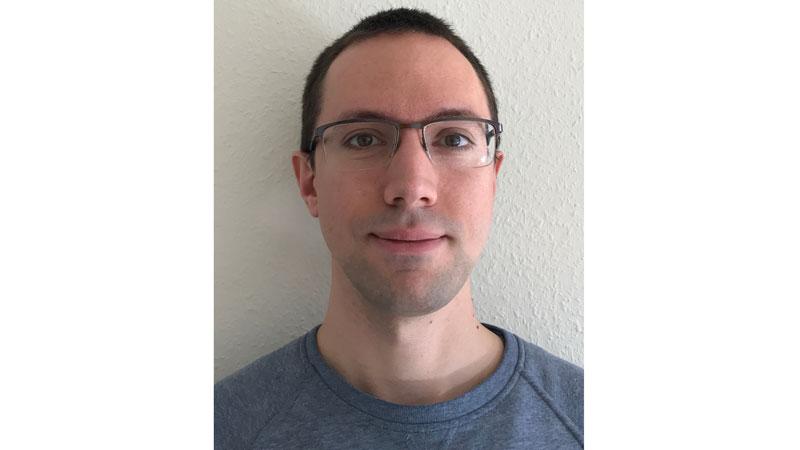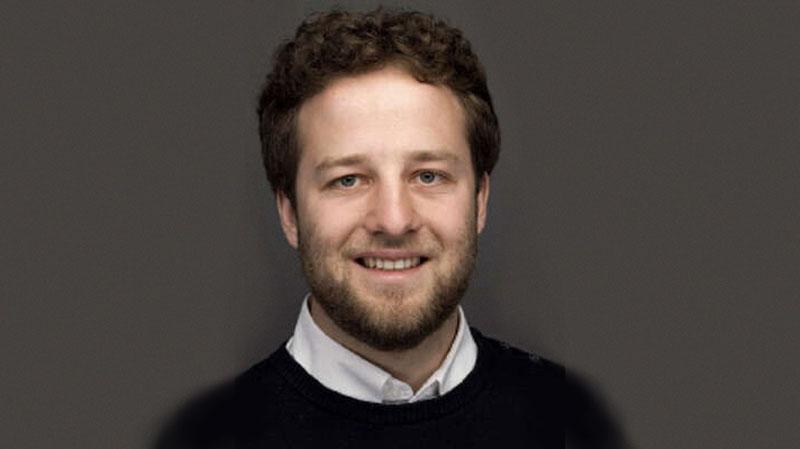Boundary layer dynamics studies in complex terrain with Doppler Wind Lidars
Wind impacts significantly the atmospheric environment we are living in, and thus the quality of the air that we breath. Scientists have studied the atmosphere for decades, improving models and forecasts. But the understanding of wind flows in the first few hundred meters above the ground remains a challenge. This is even more difficult in complex terrain such as Alpine valleys or river basins.
Scanning Doppler wind Lidars such as Vaisala WindCube Scan enable researchers and scientists to capture invisible-to-the-eye wind patterns at high temporal and spatial resolution.
Three researchers from the Karlsruhe Institute of Technologies in Germany share their findings collected during some of the most recent and advanced complex wind measurement campaigns:
- Ground-based measurements in the area of Stuttgart, south of Germany, and in the Inn valley, in the Austrian Alps
- Airborne Doppler Lidar measurements in the Harz mountains, central Germany, are also presented, illustrating how high resolution wind fields in the boundary layer can be captured over a large area.
A panel discussion following the presentations answers questions about the practical challenges and gives valuable insights in the experience of our three guest speakers.
IF YOU HAVE ALREADY REGISTERED TO THIS WEBINAR, PLEASE USE THIS LINK TO ACCESS IT AGAIN.
You can modify your preference settings or unsubscribe at any time here

Dr. Bianca Adler
Bianca Adler is a research scientist affiliated with CIRES and NOAA in Boulder, CO, USA. Prior to that she worked at KIT in Germany where she also earned her PhD in Atmospheric Science. Her research focus lies on the physical processes in the boundary layer over different types of surfaces, such as mountainous terrain, and she is using meteorological observations along with numerical simulations to enhance the understanding of boundary layer processes.

Dr. Nevio Babic
Upon receiving his MSc at the University of Zagreb in the field of atmospheric turbulence during string winter bora flows along the Adriatic Sea, Nevio started his Ph.D. at the University of Virginia in 2014. Nevio obtained his Ph.D. in 2018, with the focus on coherent structures in the convective boundary layer over complex terrain. He currently analyzes data sets collected during the recently conducted CROSSINN campaign, with the focus on improving the knowledge of cross-valley flow structures and variability in the Inn Valley, Austria.

Dr. Philipp Gasch
Philipp is a research scientist at the Karlsruhe Institute of Technology. His focus is on probing the atmospheric boundary layer with airborne measurement techniques, with a special interest in high resolution airborne Doppler lidar measurements. He is active in the theoretical investigation as well as experimental application of airborne measurement techniques and instrument development.

Dr. Jana Preissler
Jana Preissler received her master’s degree in meteorology from the University of Leipzig in Germany in 2008, based on her work with a multiwavelength Raman lidar. She had the opportunity to study aerosol properties in depth, using a multiwavelength Raman lidar, during her work at the University of Évora in Portugal. After receiving her PhD in 2013, she worked as head of the remote sensing division of Mace Head Atmospheric Research Station at the west coast of Ireland. There, the National University of Ireland, Galway is operating a ceilometer, a Doppler cloud radar, a microwave radiometer, and two WindCube Scan 200S. In 2019, she joined Vaisala in the science department of the Leosphere office in France and is supporting researchers to make the most of their WindCube Scans.
